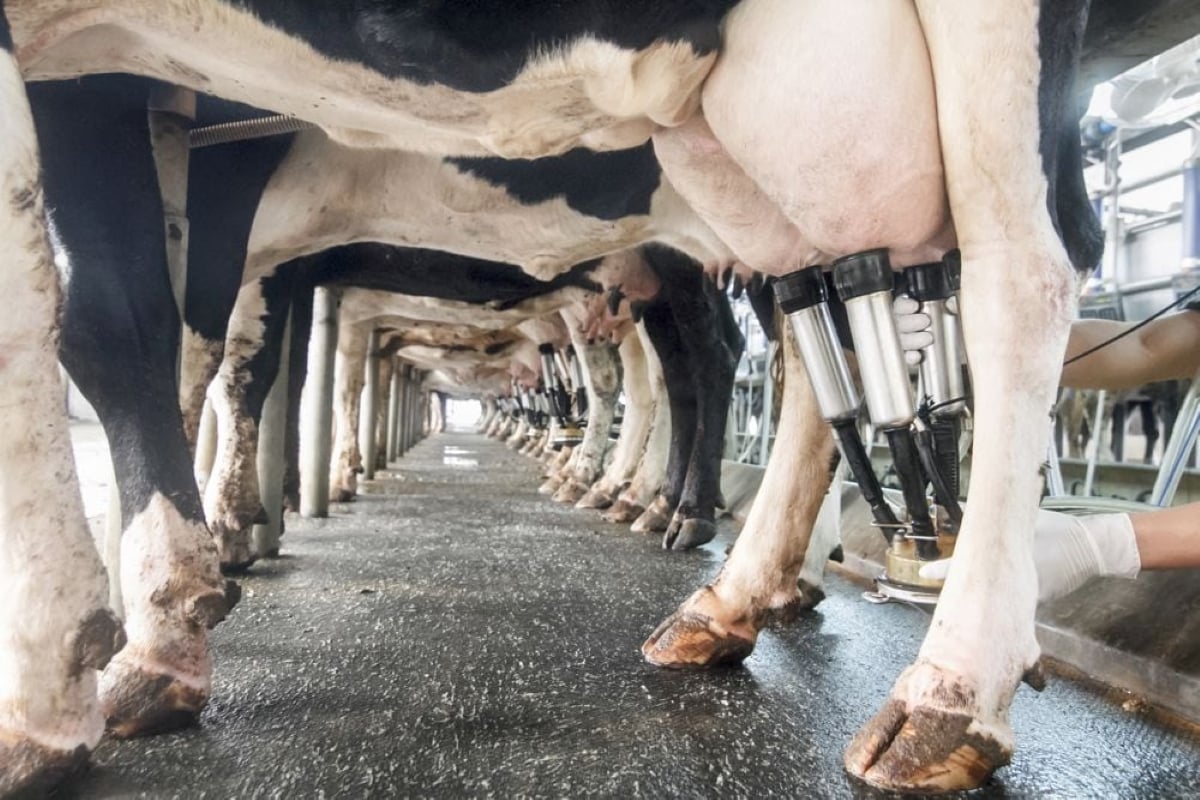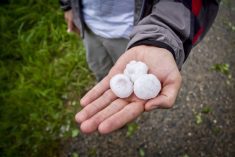SYDNEY (Reuters) — Australia raised its forecast for beef exports in the 2014-15 marketing year by nearly eight percent on Tuesday as dry conditions across the east coast mean farmers are slaughtering livestock at a near-record pace.
Shipments from Australia, the world’s third largest exporter, are expected to total 1.12 million tonnes this season, the government’s official commodities forecaster said, the second highest on record amid rising demand from China.
About nine million head of cattle are expected to be slaughtered in 2014-15, but an upward revision in Australia’s cattle herd by more than one million head to 28 million animals, means Australia reamins well stocked, analysts say.
Read Also

Farm gate milk price to rise in 2026
The Canadian Dairy Commission will raise its farm gate milk price by 2.3255 per cent in February, the Crown corporation announced on Friday.
“Slaughter rates have been very high, while demand from China has been very strong,” said Jamie Pemn, Chief Commodity Analyst at the Australian Bureau of Agriculture, Resource Economics and Rural Sciences.
With no pasture and feed grains deemed expensive in early 2014 as a result of prolonged drought, farmers have been culling animals at record levels, driving cattle prices down to a more than three-year low in January at $2.78-1/2 a kg.
ABARES had expected farmers to slow slaughter rates on an easing in drought conditions in Queensland, home to almost half of Australia’s national herd, but much of state received less than half its average rainfall in May.
The Australian Bureau of Meteorology now puts the chance of an El Nino weather pattern forming later this year at 70 percent later this year, which could lead to a continuation of dry conditions and keep beef shipments high, analysts say.
ABARES revised up its 2013-14 beef and veal exports to a record 1.18 million tonnes, having previously pegged sales at 1.15 million tonnes, boosted by Chinese demand.
However, growth in sales to China is expected to slow to 2.5 percent year-on-year in 2014-15, reflecting ABARES’ assumption that drought conditions will break by 2015.
The Chinese market has grown rapidly in recent years and is now Australia’s third-largest customer for beef after Japan and the United States.
ABARES upped its forecast for shipments to Japan to 270,000 tonnes, but the figure represents the lowest levels sold to its biggest customer in 12 years due to increased competition from the United States.
Penm said the immediate benefit of a recent trade deal between Australian and Japan to reduce beef tariffs would only be seen after the 2014-15 season.
ABARES also raised its forecast for exports to the United States by more than 10 percent from its March estimate as U.S. farmers rebuild herd numbers following drought.
The bureau lowered its wheat export forecast to 18.657 million tonnes from an estimate of 19.099 million in March. ABARES last week lowered its wheat production forecast by nearly one percent.
Australian sugar production during the 2014-15 season was pegged at 4.6 million tonnes, up on the previous estimate of 4.413 million tonnes, while the cotton crop was seen at 820,000 tonnes, down from 833,000 tonnes previously.













